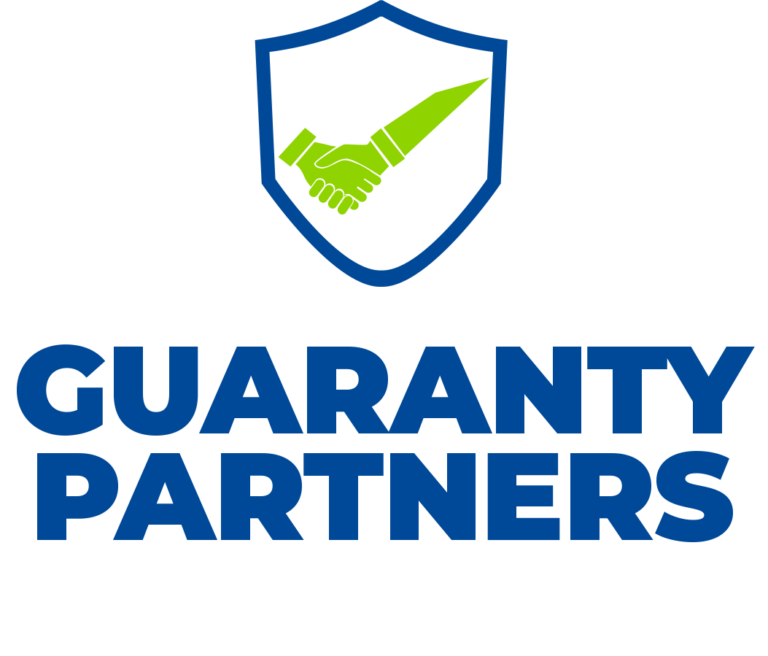Master Class: Embedding Critical Thinking into the Internal Audit Process
Course Fee:
COURSE DESCRIPTION
This course will provide you with skills and techniques necessary to embed critical thinking skills in all aspects of the audit cycle. The tools and techniques shared will guide your use of critical thinking skills in risk assessment, interviewing, audit evidence gathering, root cause analysis and report writing. Real life examples of failures and successes of critical thinking in internal audit will be covered to further the learning process.
This course is interactive with multiple hands-on exercises and class participation to provide opportunities for you to practice what you learn.
LEARNING OBJECTIVES
• Understand the process of critical thinking and intellectual traits
• Discuss the meaning and application of professional judgment
• Demonstrate how critical thinking helps improve the audit process
• Compare and contrast auditor judgment and critical thinking skills
• Review ways to develop critical thinking to enhance the audit process
• Cover the use of critical thinking during the risk assessment, interviewing and reporting cycles
• Review the importance of appropriate, sufficient and persuasive audit evidence
COURSE OUTLINE
Professional Standards
• International Standards for the Professional Practices of Internal Auditing – IIA
• Government Audit Standards – GAO
• IT Standards, Guidelines, and Tools and Techniques for Audit and Assurance and Control Professionals
Critical Thinking
• Key terms/definitions
• Critical thinking levels and characteristics
• Reasoning and professional judgment
• Understanding biases, fallacies and inferences in the thinking process
• Intellectual thinking traits and standards
Planning – Risk Based Audits
o In determining scope and levels of risk – impact and likelihood
o In determining audit prioritization
o Interviewing and questioning
Assessing Process and Testing
o Identifying what to test, how to test and when to expand testing
o Determining sufficiency of testing evidence
o Keeping the focus on the objective
Evidence and Evidence Gathering
o Why is Audit Evidence so important?
o Quality of Evidence and Assurance
o Evidentiary Sources and Reliance
o Methods to gather evidence
Communicating and Reporting
o 5 C’s – condition, criteria, consequence, cause, corrective action
o Findings – Significance, relevance, and framing
o Selecting impactful evidence – charts, graphs, pictures, flow charts
FOR WHOM:
Internal audit staff and management
METHODOLOGY
The training methodology integrates lectures, interactive discussions, collaborative group exercises, and illustrative examples. Participants will acquire a blend of theoretical insights and hands-on practical experience, emphasizing the application of learned techniques. This approach ensures that attendees return to their professional environments equipped with both the competence and self-assurance to effectively implement the acquired skills in their responsibilities.
DATE:
1ST BATCH: 14th – 17th Jan,2025
2ND BATCH: 9th – 11th June,2025
Course Category
- Human Resource and Admin
- Finance and Accounting
- Internal Audit and Fraud Control
- Stores, Procurement and Supply Chain
- Information Technology
- Aviation and Maritime
- Banking, Investment and Insurance
- Business Communication
- Construction Management & Civil Engineering
- Engineering, Instrumentation and Maintenance
- Entrepreneurship and Business
- Hotel & Hospitality Management
- Law and Contract Management
- Management and Leadership
- Project Management
- Public Relations
- Public Sector
- Sales, Marketing & Customer Service
- Secretaries & Personal Assistants
- Transport & Logistics
- Security and Safety
More Courses
VENUE
25, Queen street, Alagomeji Bus Stop, Yaba, Lagos










